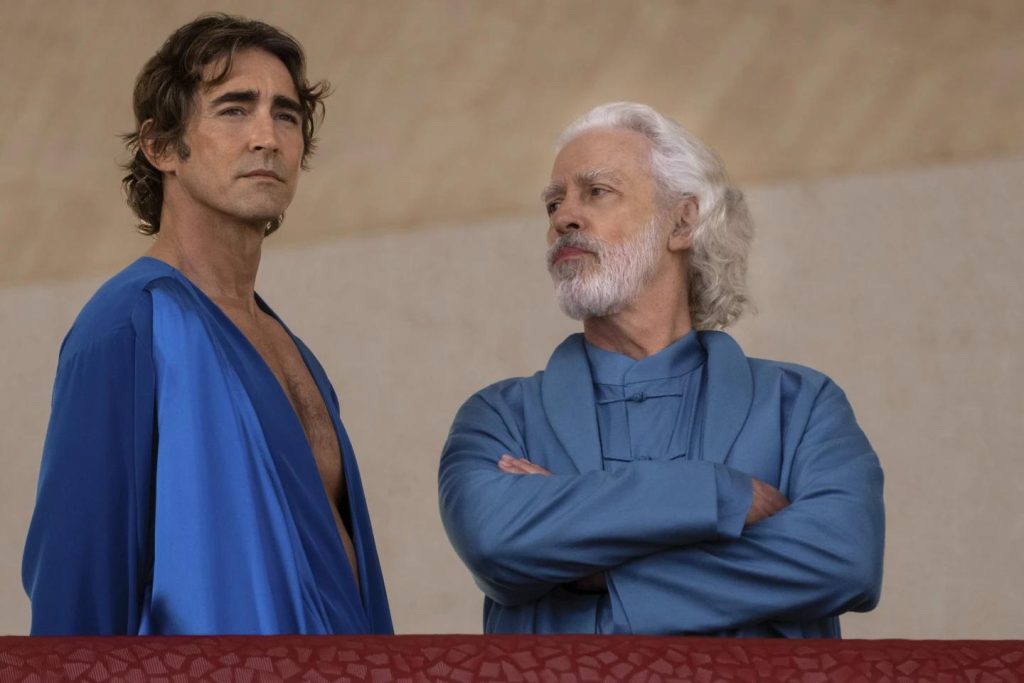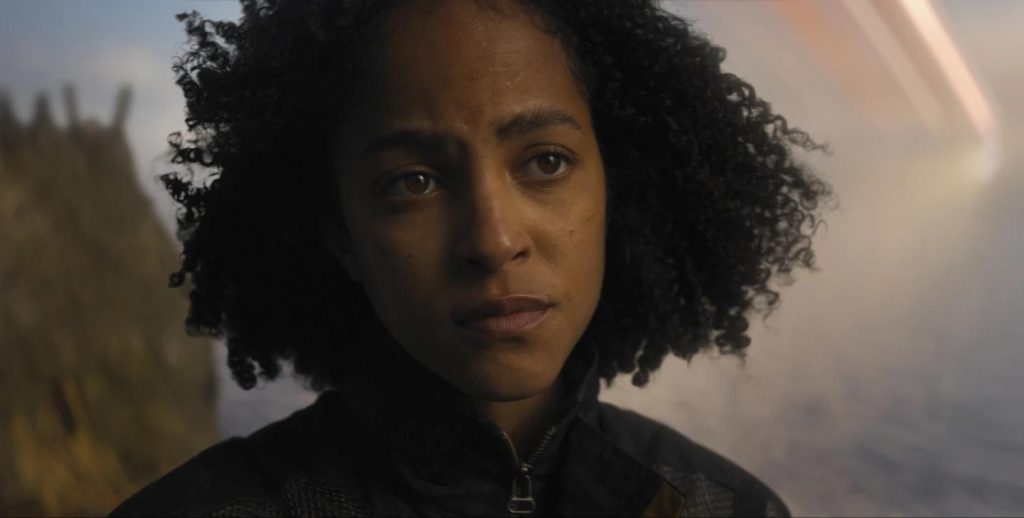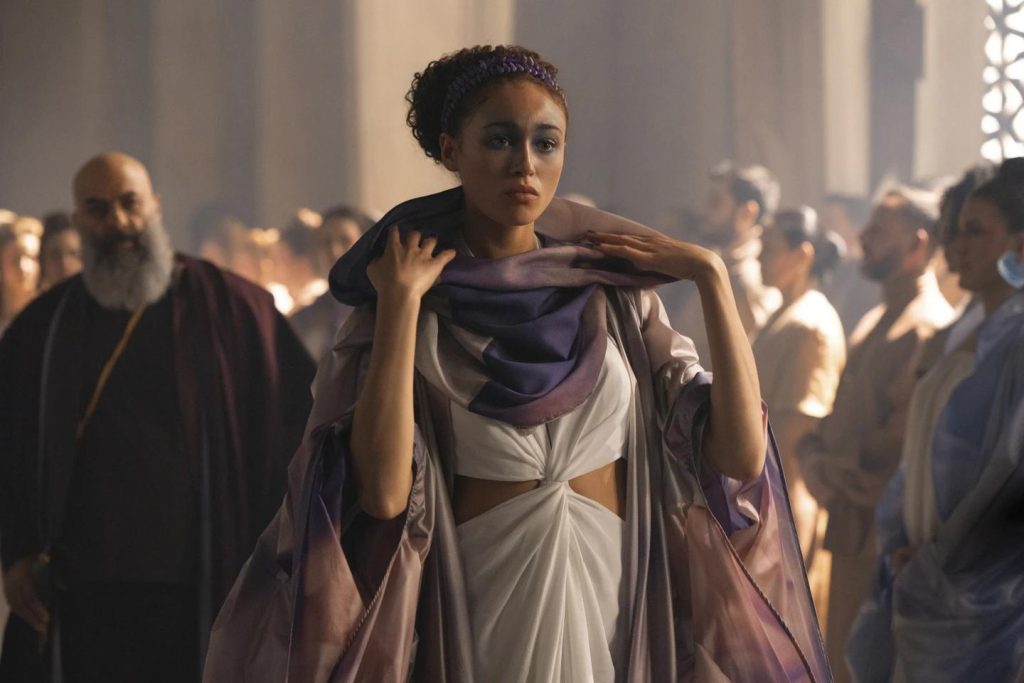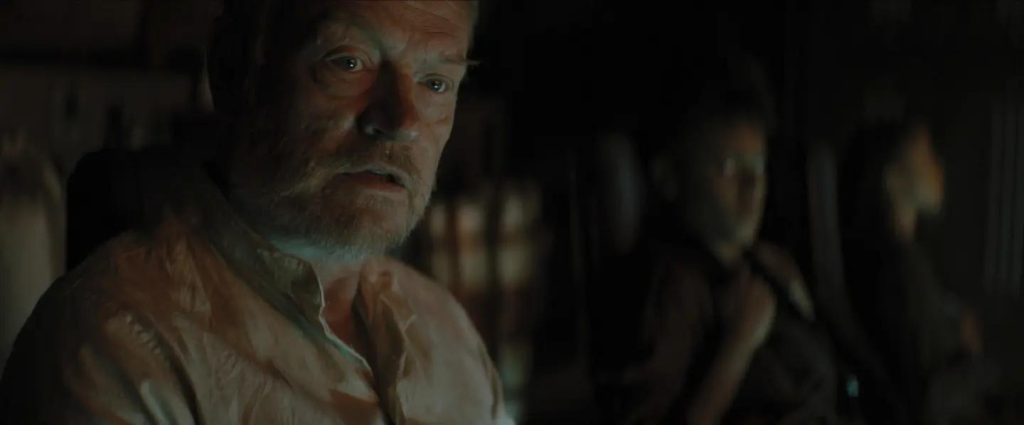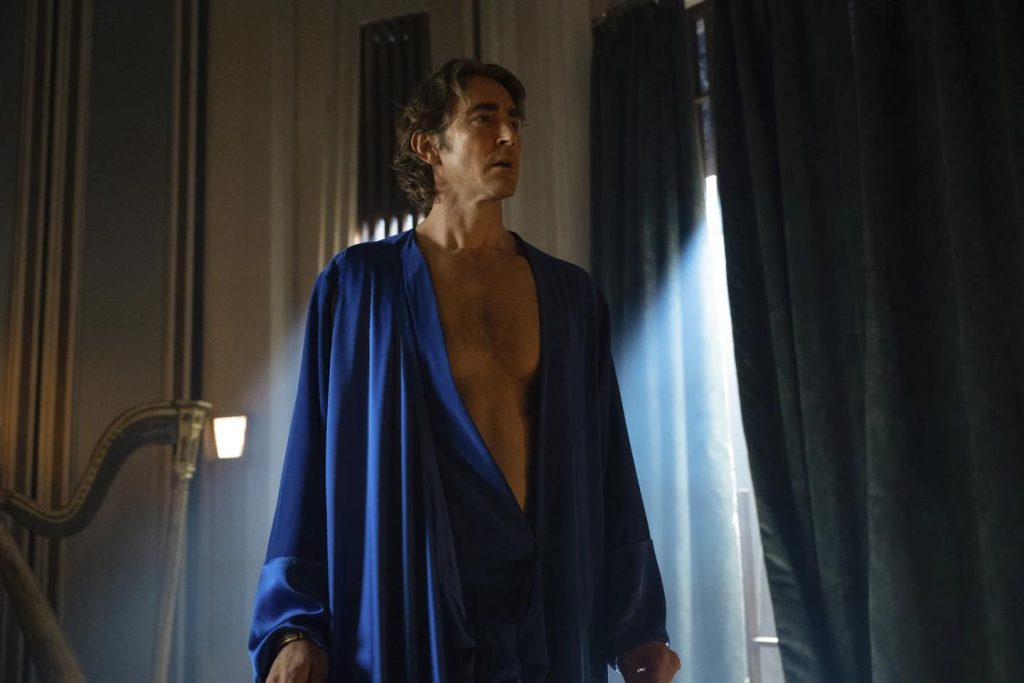NEW YORK (AP) — A sprawling, mighty galaxy was created in season one of “Foundation.” Now it’s time to rip it up.
Season two of the ambitious Apple TV+ sci-fi series flashes forward some 140 years and it’s quickly clear that the clones who form the authoritarian order in the galaxy are losing their grip, leading to a note of chaos.
“Stasis is boring in terms of drama,” said David S. Goyer, the series’ co-creator, executive producer and showrunner. “Conflict is more interesting. So we’ve introduced this monolithic genetic dynasty and now we’re starting to destroy it.”
From our partners:
“Foundation” is built on author Isaac Asimov’s short stories that he started writing just after World War II and are now a cornerstone of the sci-fi genre. Many attempts to get it onto screens have failed until now.
The saga is set some 12,000 years in the future. Under the rule of the Galactic Empire, humanity has spread to the far corners of the galaxy. Much of the first season was spent explaining how it all worked and introducing the main characters.
“I didn’t have that burden with season two,” says Goyer. “I felt like we could just start and shoot things out of a cannon and I wanted to keep up that pace. So I think season two is a faster pace. I think we had a lot more runway this time to dig in even deeper and more emotionally with the characters.”
Visually stunning and inventive, the series has explored the trade-offs between individual liberty and dynastic rule, how religion can be weaponized and the logical extremes to genetics. The notions of fate and free will play a big part in season two.
“Part of the drama of this season is which kind of universe are we living in — a sliding doors universe or are we not? Is the future predetermined or do our actions matter? Is there individual agency or not?” says Goyer.
Goyer has flipped the race and gender of several characters in Asimov’s original text but perhaps the biggest change is the replacement of the Empire’s ruling committee with a trio of emperor clones called the Cleons — one a teen preparing to rule, one in middle age after ruling and one who reigns in his prime.
Season one ended with Cleon XIII on the throne and season two dawns with Cleon XVII ruling. Lee Pace, who plays both men, says the new emperor flirts with ending the genetic dynasty.
“He believes he’s an individual and he is refusing this idea that he’s just another one of the clones. He is embracing the idea that he is a sentient individual and he will determine his own path,” Pace says.
Cleon XVII is taking a risky path and not just because he’s bedding his robot minder, who is over 18,000 years old. Assassins come for him in his first scene and he is flirting with the idea of marriage to create offspring the old fashioned way — but his princess-to-be may have her own nefarious reasons.
“You can’t escape your destiny in a way you might try to,” says Pace. “As the momentum of the unraveling of the empire starts to really take hold, I think the character is only going to get better.”
The show’s main catalyst is the brilliant scientist Hari Seldon (played by Jared Harris), inventor of psychohistory, which analyzes the past actions of large groups of people in order to predict what they might do next. One of his students is the gifted mathematician Gaal Dornick (actor Lou Llobell). Both have cheated death in their own ways to rejoin viewers more than a century after season one.
Seldon’s calculations and theories have gotten him and his followers exiled to the galaxy’s edge, where they’ve created a settlement called the Foundation. But that science has become a religion more than 100 years later and there is talk of a second Foundation settlement, too.
“Foundation” is a challenging show, one that jumps backward and forward in huge swaths of time so that mothers are sometimes younger than their daughters, and it tests its viewers on concepts like four-dimensional space and the poetic meter known as anapestic tetrameter.
Goyer says fans should expect the unexpected with season two. If the pilot of season one opened with magisterial shots of big vistas, season two opens very differently, with an intimate black-and-white image of Seldon going slightly mad. There’s also a fresh lightness to the episodes.
“I think there was a lot of concern when we were making the first season that we were making a ‘Serious’ show,” he says. “I felt very strongly that adding some moments of appropriate levity were really important to expanding the emotional palette of the show.”
By: MARK KENNEDY
Originally published at AP News
For enquiries, product placements, sponsorships, and collaborations, connect with us at hello@zedista.com. We'd love to hear from you!
Our humans need coffee too! Your support is highly appreciated, thank you!

